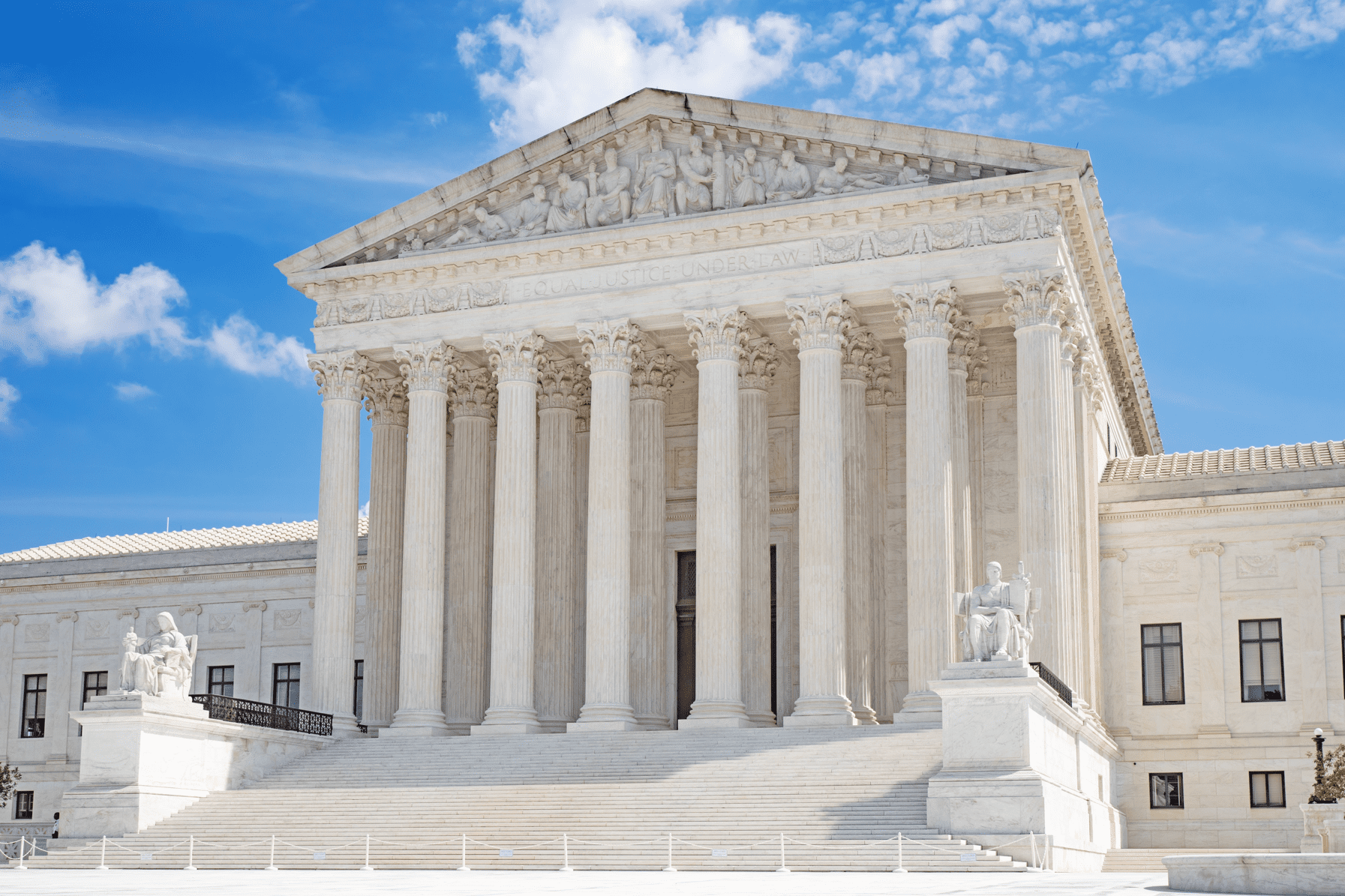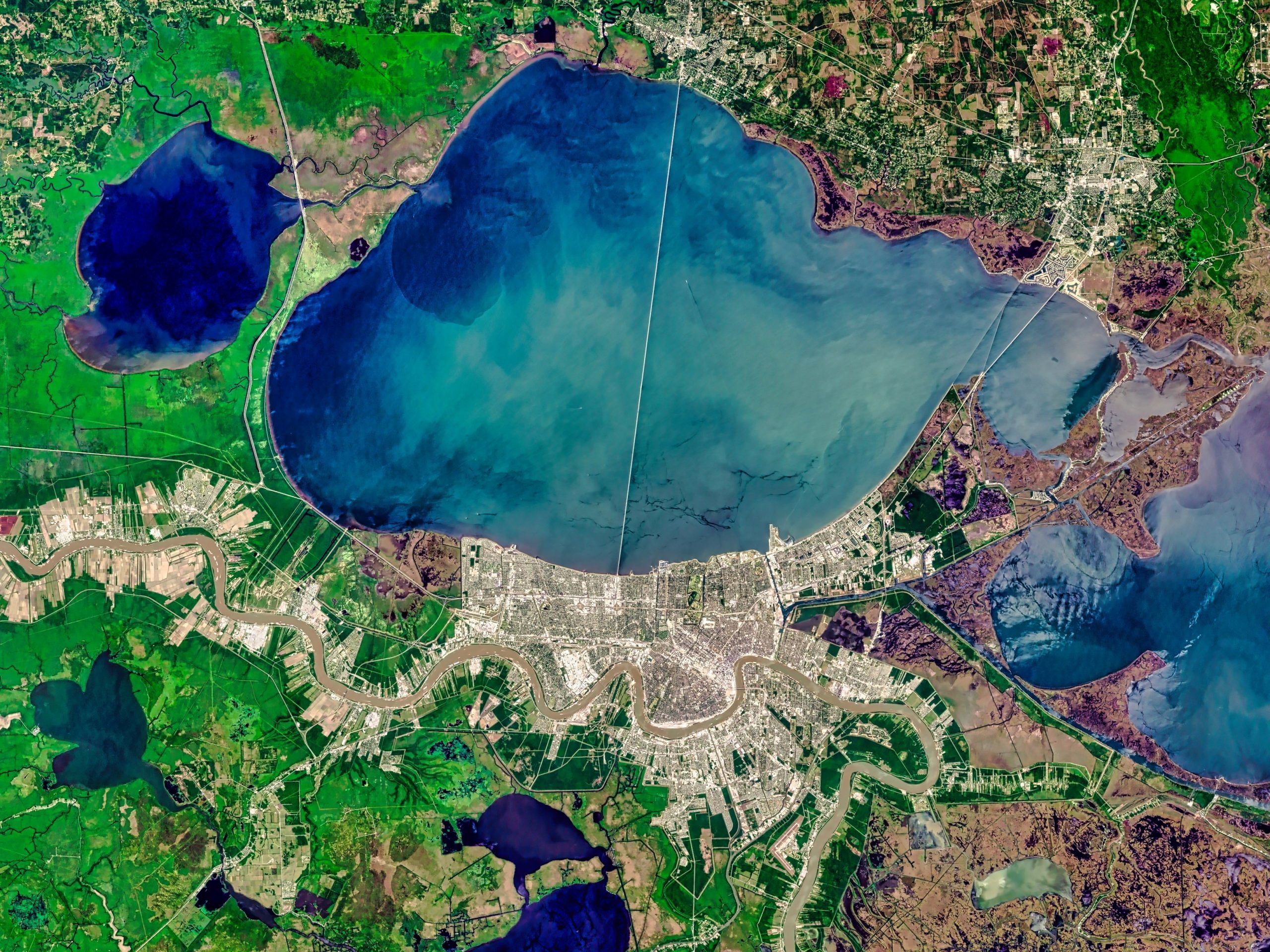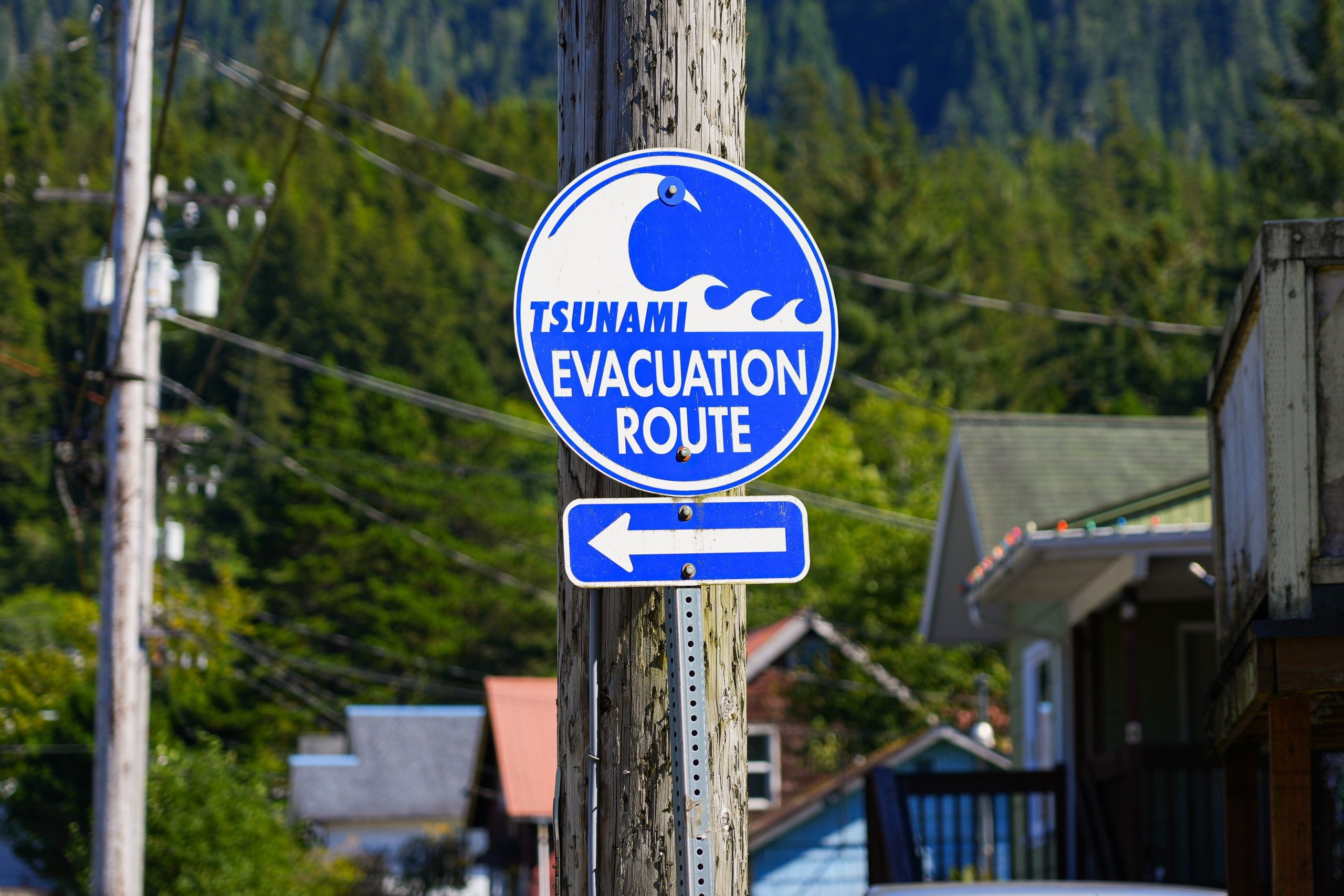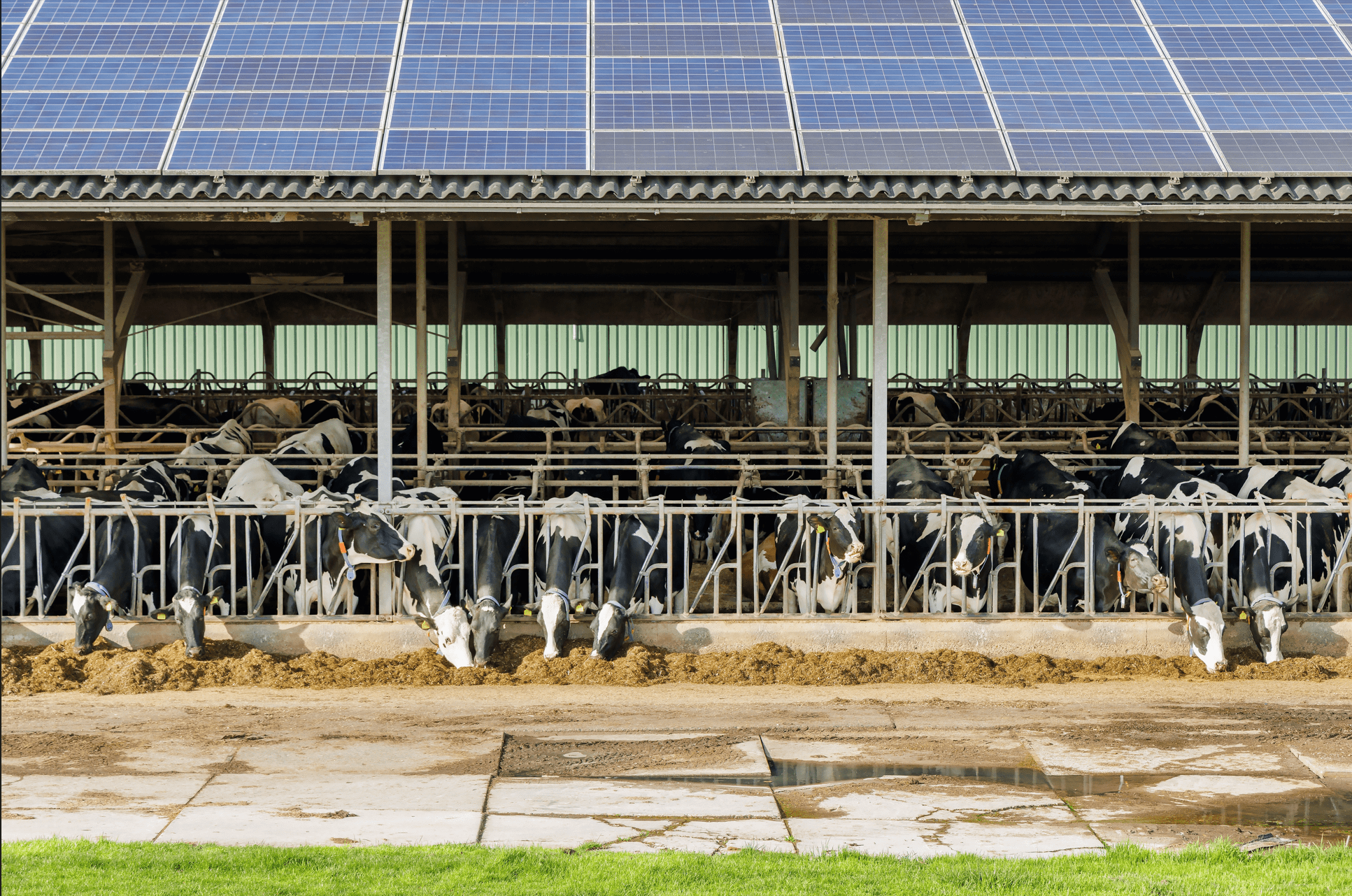
Last Friday was World Wetlands Day, meant to underscore the global importance of wetland ecosystems. Coastal and inland wetlands are ecological transition zones, where fresh or brackish water is layered on top of or right below soil. Our last digest covered the ecological uniqueness of wetlands and the services they provide. To preserve these services, wetlands are protected by the Environmental Protection Agency (EPA), state, and local governments. However, the recent Supreme Court ruling of Sackett v. EPA alters the existing regulatory landscape by functionally limiting the waters that can be regulated by the Clean Water Act.
The 5-4 majority decision hinged on the fact that the wetland in question could not be defined as part of the “waters of the United States.” This terminology — “waters of the United States,” or WOTUS for short — was first outlined by the Clean Water Act in 1972. Federal pollution and protection programs tied to the Clean Water Act apply only to bodies of water included under WOTUS.
On its face, the term is very broad. Hydrologically, all our waters are connected and impact each other. Water evaporates from bodies of water or after being used by living creatures, collecting, and condensing into clouds before falling back onto the planet as rain, snow, or hail. Our waters are also directly, physically, and biologically connected; the water in a wetland must come from somewhere, making the WOTUS definition fuzzy at best.
In Sackett v. EPA, the prosecution argued that the wetland in question was not a WOTUS, as there was not a direct, visible connection between it and some other body of water. The majority agreed, asserting that wetlands without surface connections to a WOTUS cannot be included in the WOTUS definition, and as a result does not require the same degree of federal protection.
The WOTUS definition leveraged by the Sackett majority relies on a definition asserted by Justice Antonin Scalia in a previous, similar case, Rapanos v. United States. In describing his position in Rapanos, Justice Scalia defined WOTUS as navigable waters, flowing tributaries to navigable waters, and wetlands that have a “continuous surface connection” to navigable water.
In his opinion on Rapanos, Justice Anthony Kennedy outlined a contrasting definition of WOTUS: hydrologic connections may not always be visible, so if pollution of a wetland would impact the health of an adjacent body of water, then it would require protection and thus would be included in WOTUS.
The connection question in defining WOTUS has been answered due to the Sackett decision, in favor of Justice Scalia’s opinion. Hydrologically and scientifically, Scalia’s definition has no standing. Justice Brett Kavanaugh, who penned a concurring opinion disagreeing with the court’s new definition, highlighted this informational fudging and decried that Sackett would leave previously protected wetlands outside of the EPA’s regulatory scope.
The regulatory gap generated by Sackett may cause the erosion or destruction of newly vulnerable wetlands. In some states, federal protection was the only existing framework regulating pollution and wetlands; now, especially in those states with the most acres wetlands but the least protective existing laws, these ecosystems are under threat. While state laws may enact new regulations enhancing their protection, a mosaic of state policies nationwide will still leave wetlands less protected than they were before Sackett.
Federal funding could also shore up defenses for specific wetlands, but across the two geographically specific programs, in the Lake Champlain Basin and San Francisco Bay, and the one $160 million program wetland restoration projects would qualify for, this funding is limited. States with significant wetland coverage — for instance, the Gulf states, Alaska, and Hawaii — should consider investing in these ecologically singular carbon sinks to preserve the ecosystem services they offer.


